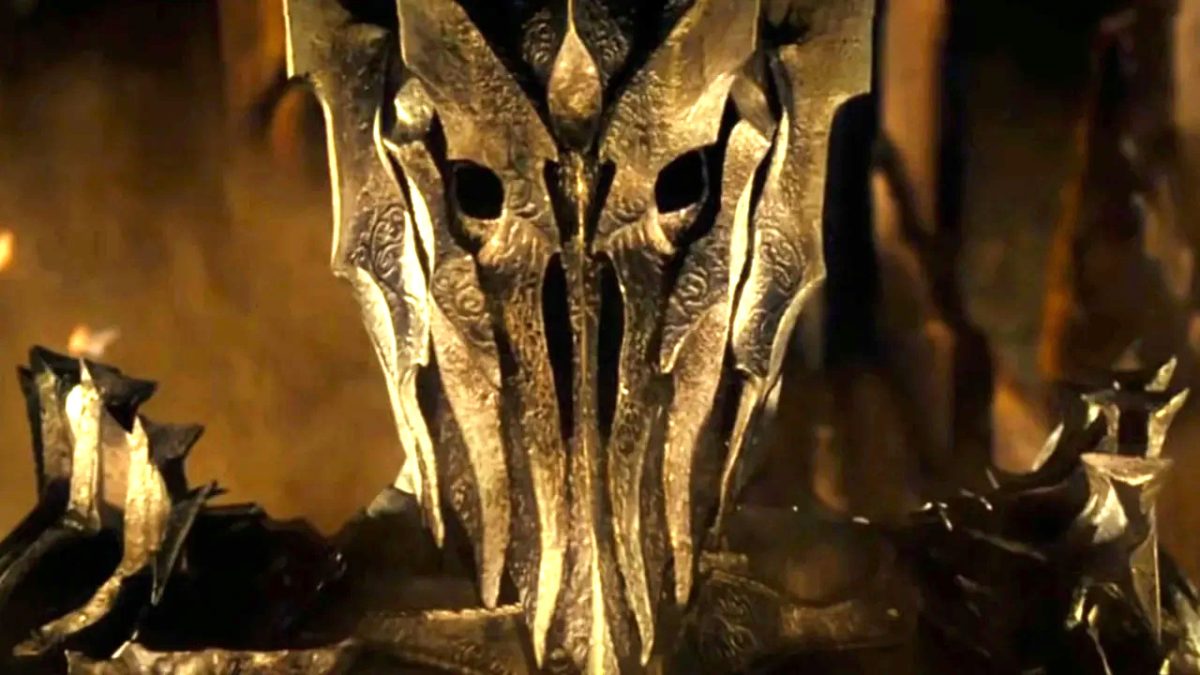1) Ray Winstone’s character, Tubal-cain

Count me among those who had no idea where this Tubal-cain guy came from as a character in Noah. It turns out he comes from Genesis, is developed in other stories, and is finally brought to ferocious life for us by the fabulous Ray Winstone. Tubal-cain can be found in Genesis as one of the descendants of Cain, hence the name Tubal-cain, which is apparently meant to distinguish him from the Tubal descended from Seth. All that’s mentioned of Tubal-cain there is that he was a maker of bronze and iron tools, a smith, which is how Aronofsky depicts him.
He’s also featured in the 1928 silent film Noah’s Ark, in which he attempts to stow away on the ark. So Aronofsky expands on that conception as well. Mainly, the Winstone character serves a few functions in the story of Noah: he is a consolidation of all the wickedness of men, a stark, easy to identify designator of the distinction between the descendants of Cain (which the movie refers to simply as “men”) and the proper heirs to Adam and Eve. He also factors into the circular nature of the story in a way Rust Cohle would appreciate: he plays tempter to Ham, who eventually ends up banned and cursed from his family, just as Cain was before him. Despite “man” being wiped off the face of the earth, they have a new heir thanks to Tubal-cain and Ham, although who he’ll create offspring with remains a mystery.
Continue reading on the next page…










Published: Mar 28, 2014 05:30 pm